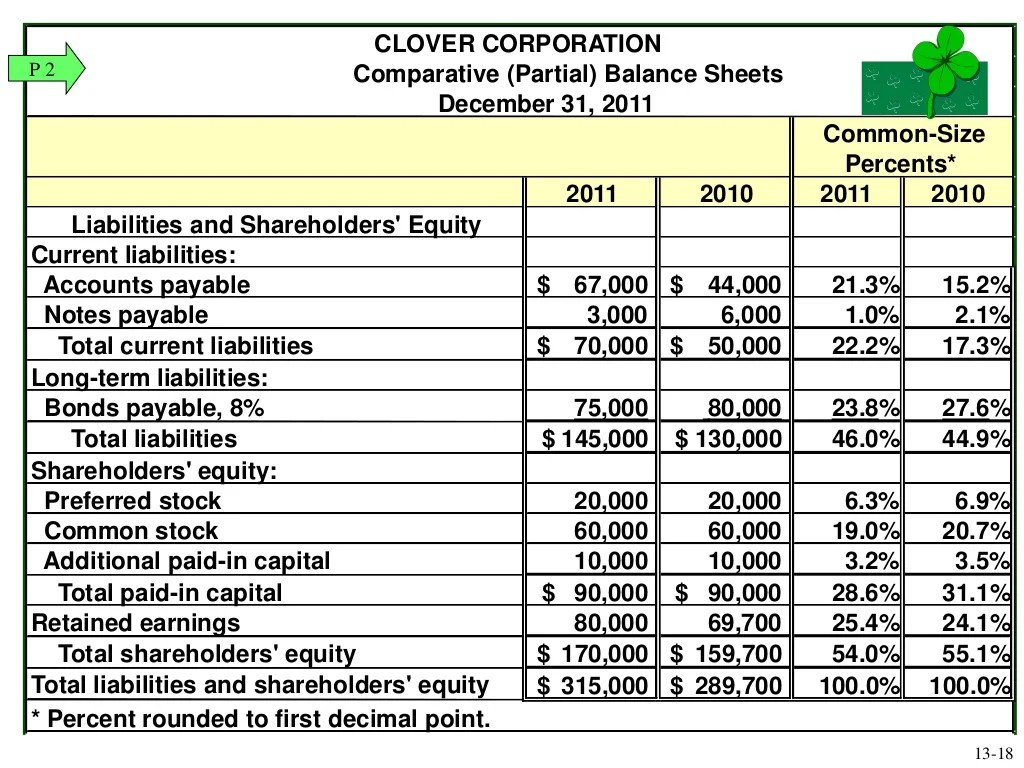Financial reporting financial statement analysis and valuation 10th edition – Welcome to the tenth edition of Financial Reporting, Financial Statement Analysis, and Valuation, the definitive guide to understanding and applying these essential financial concepts. This comprehensive resource provides a thorough exploration of the principles, techniques, and applications of financial reporting, analysis, and valuation, empowering you to make informed financial decisions and navigate the complexities of modern business.
Throughout this edition, you will delve into the significance of financial reporting, the principles and standards governing its preparation, and the various types of financial reports. You will also master the techniques used for financial statement analysis, including ratio analysis, trend analysis, and comparative analysis, to identify trends, strengths, and weaknesses in a company’s financial position.
Introduction

Financial reporting, financial statement analysis, and valuation are critical components of modern business. Financial reporting provides information about a company’s financial performance and position, while financial statement analysis helps users interpret and understand this information. Valuation, on the other hand, is used to determine the value of a company or its assets.
The purpose of financial reporting is to provide users with accurate and reliable information about a company’s financial performance and position. This information is used by investors, creditors, analysts, and other stakeholders to make informed financial decisions.
Financial statement analysis is used to assess a company’s financial health and performance. By analyzing financial statements, users can identify trends, strengths, and weaknesses in a company’s financial position. This information can be used to make informed investment and lending decisions.
Valuation is used to determine the value of a company or its assets. This information is used in a variety of financial decisions, such as mergers and acquisitions, investment decisions, and financial planning.
Financial Reporting

Financial reporting is the process of providing information about a company’s financial performance and position to users. This information is used by investors, creditors, analysts, and other stakeholders to make informed financial decisions.
Financial reporting is governed by a set of principles and standards that ensure that the information provided is accurate, reliable, and consistent. These principles and standards are developed by accounting standard-setting bodies, such as the Financial Accounting Standards Board (FASB) and the International Accounting Standards Board (IASB).
There are a variety of different financial reports that can be used to provide information about a company’s financial performance and position. These reports include the balance sheet, income statement, and cash flow statement.
- The balance sheet provides a snapshot of a company’s financial position at a specific point in time.
- The income statement provides information about a company’s financial performance over a period of time.
- The cash flow statement provides information about a company’s cash inflows and outflows over a period of time.
Financial Statement Analysis

Financial statement analysis is the process of interpreting and understanding the information provided in financial statements. This analysis can be used to identify trends, strengths, and weaknesses in a company’s financial position. Financial statement analysis can also be used to make informed investment and lending decisions.
There are a variety of different techniques that can be used for financial statement analysis. These techniques include ratio analysis, trend analysis, and comparative analysis.
- Ratio analysis involves calculating ratios that compare different financial statement items. These ratios can be used to identify trends, strengths, and weaknesses in a company’s financial position.
- Trend analysis involves comparing financial statement items over a period of time. This analysis can be used to identify trends in a company’s financial performance.
- Comparative analysis involves comparing a company’s financial statements to the financial statements of other companies in the same industry. This analysis can be used to identify how a company compares to its competitors.
Valuation

Valuation is the process of determining the value of a company or its assets. This information is used in a variety of financial decisions, such as mergers and acquisitions, investment decisions, and financial planning.
There are a variety of different valuation methods that can be used. These methods include discounted cash flow analysis, comparable company analysis, and asset-based valuation.
- Discounted cash flow analysis involves estimating the future cash flows of a company and then discounting these cash flows back to the present day to determine the value of the company.
- Comparable company analysis involves comparing a company to other companies in the same industry that are publicly traded. This analysis can be used to determine a company’s value based on the market value of its competitors.
- Asset-based valuation involves determining the value of a company’s assets and then subtracting the value of its liabilities to determine the value of the company.
User Queries: Financial Reporting Financial Statement Analysis And Valuation 10th Edition
What is the purpose of financial reporting?
Financial reporting provides information about a company’s financial performance and position to stakeholders, including investors, creditors, and management.
What are the key principles of financial reporting?
The key principles of financial reporting include transparency, accuracy, objectivity, and consistency.
What are the different types of financial statements?
The three main types of financial statements are the balance sheet, income statement, and cash flow statement.
What is financial statement analysis?
Financial statement analysis involves using techniques such as ratio analysis, trend analysis, and comparative analysis to evaluate a company’s financial performance and position.
What is valuation?
Valuation is the process of determining the economic value of an asset or business.